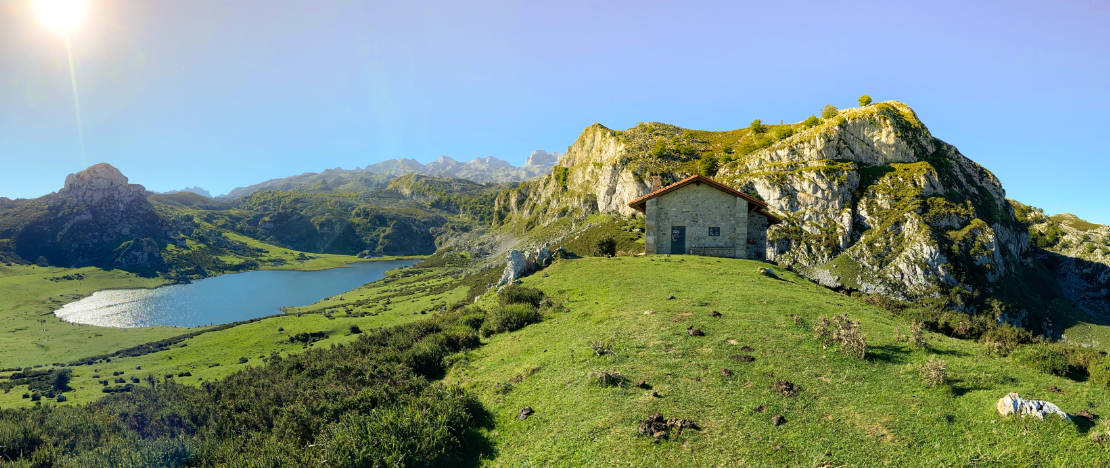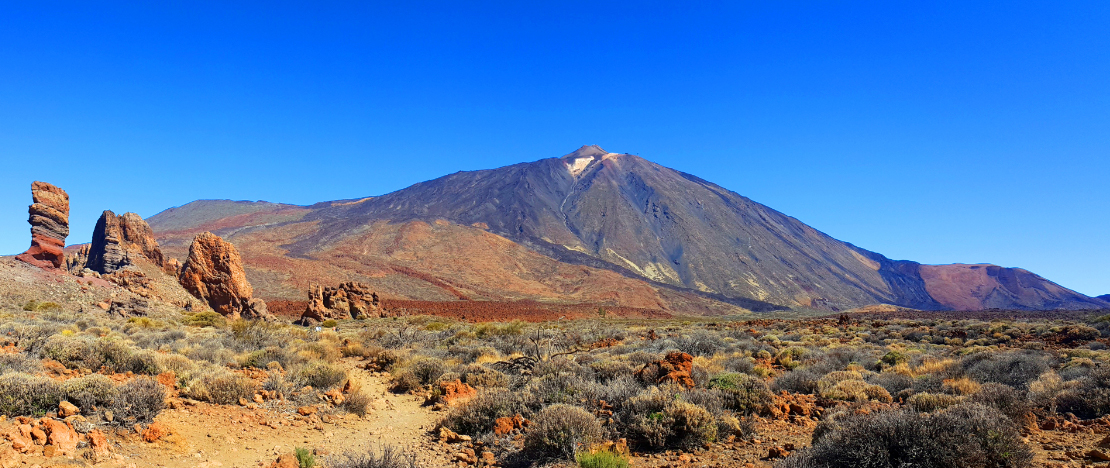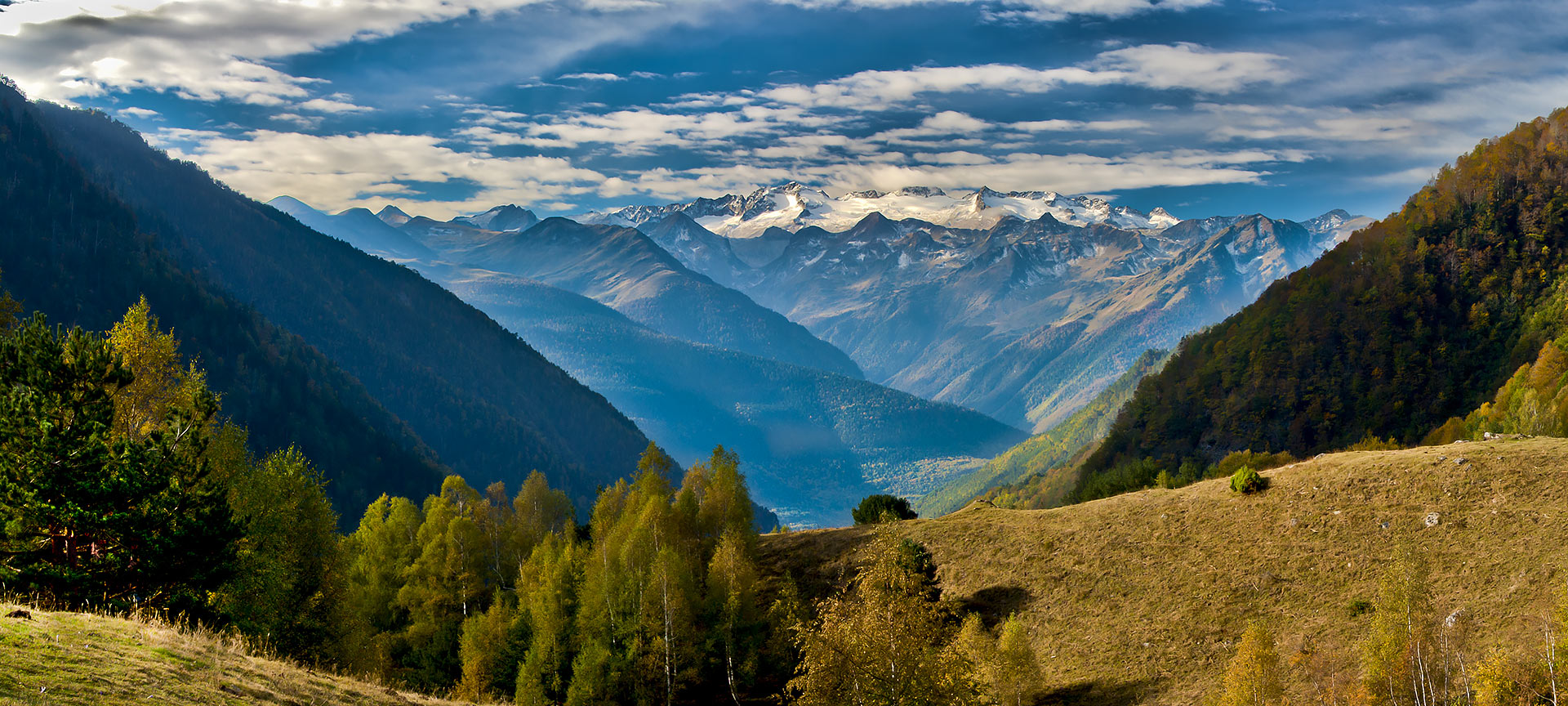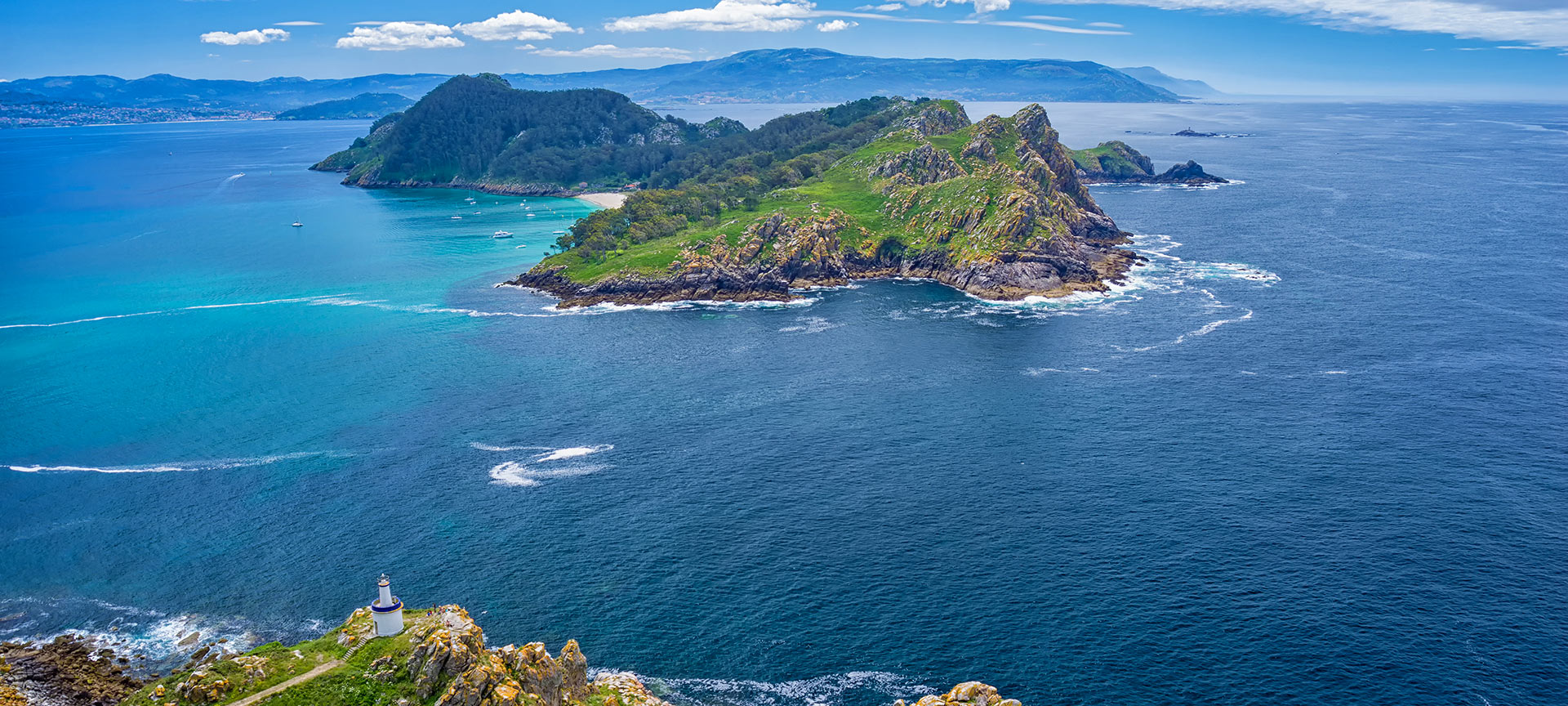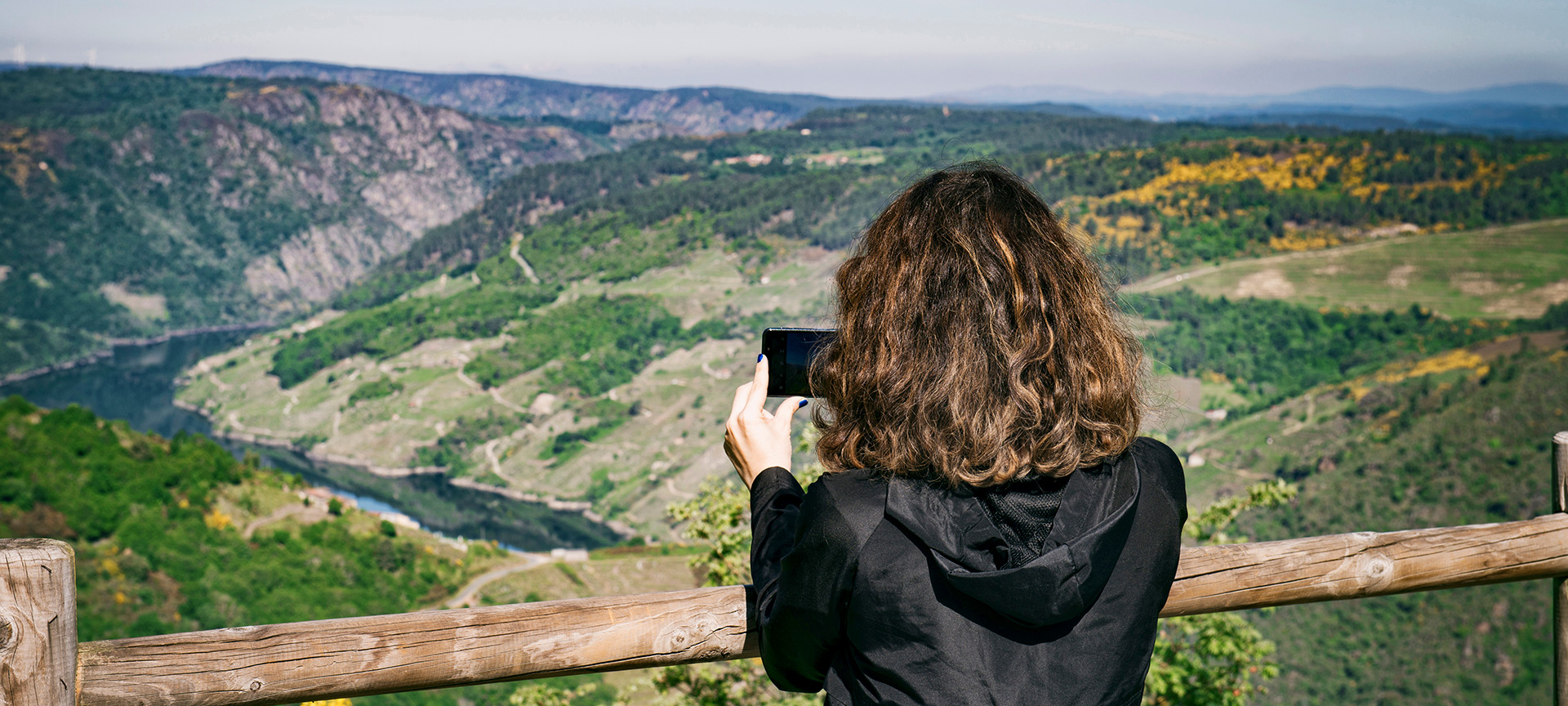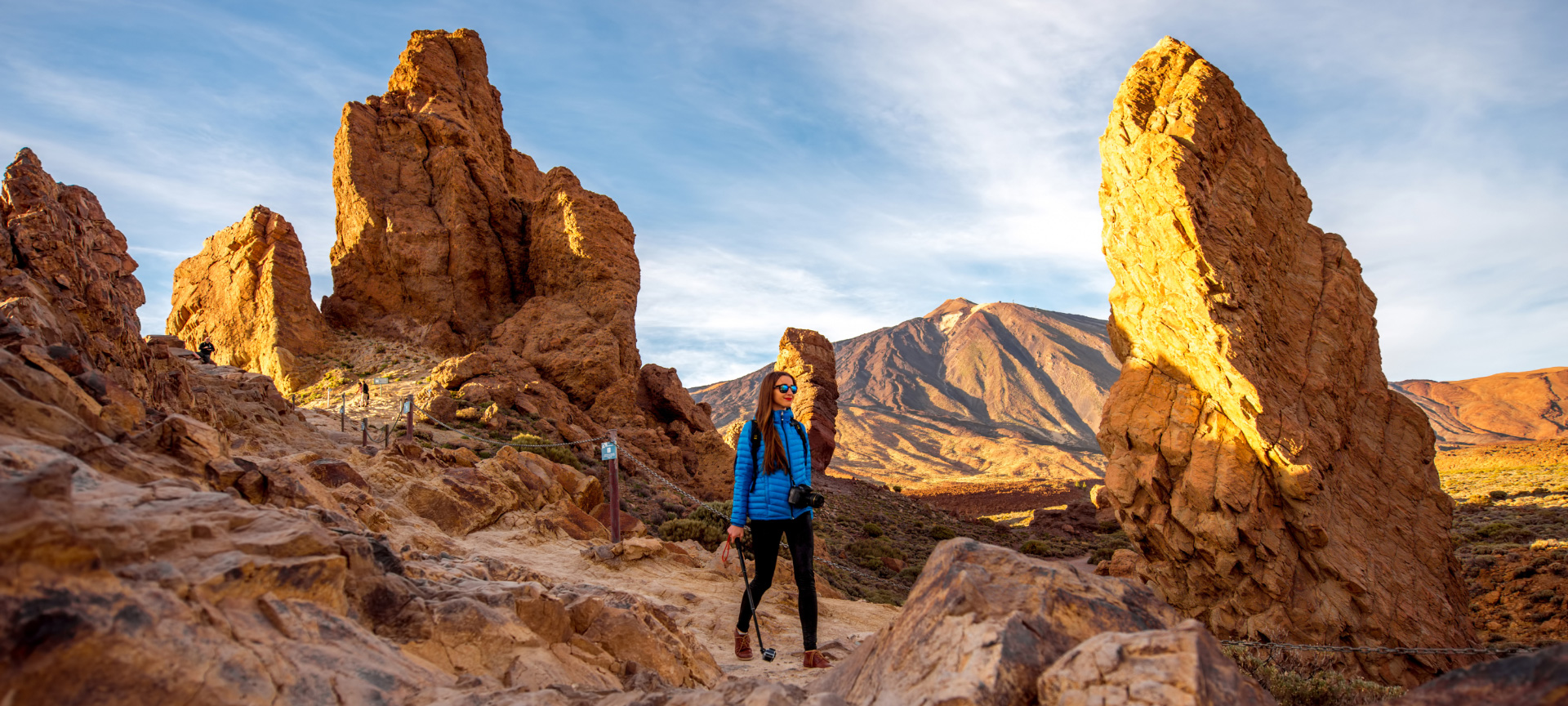
Spain's most famous national parks
Spain has 16 national parks, areas of significant natural value that are important for their biodiversity and protected by the government to preserve their flora and fauna. They exist in many forms and can be found throughout the country. But which are the most famous?
Debe activar Javascript para poder utilizar este servicio
-
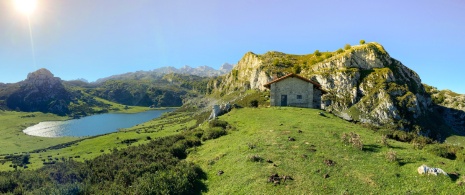
Spain's first national park
The Covadonga National Park was recognized as the first national park in Spain on 22 July 1918. This is now known as the Picos de Europa National Park and is located in northern Spain, between Asturias, Cantabria and the province of Leon.The Picos de Europa landscape features extensive wooded areas, mountain pastures in the cattle-farming areas, and rocky outcrops typical of limestone massifs. This diverse landscape fosters huge biodiversity, including the most emblematic and most threatened species in the Cantabrian mountain range. The endemic species in the park include flowers typical of high mountain areas and the Cantabrian capercaillie, while the chamois goat and brown bear are also to be found.This park is full of unique landscapes, such as the Lakes of Covadonga, one of the most popular places for visitors, and spectacular gorges, including the Cares gorge.
-
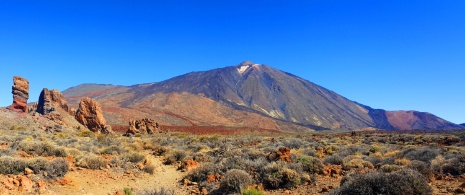
Spain's most visited national park
If by famous we mean the most visited, then we have to include Teide National Park, in Tenerife, which attracts over four million visitors a year. In addition to being the highest peak in Spain, at 3,718 m, Teide is special because it is a volcano. This fills its landscape with colour, unusual shapes and unique subtropical species.Its most special endemic fauna includes the Western Canaries lizard, the national park's most emblematic animal. Despite extremes of drought, light intensity, solar radiation and fluctuations in temperature, 194 plant species have been identified, of which 32 are found only in Tenerife. These include the colourful red tajinaste and the Teide violet.In addition to walking through volcanic lava formations and landscapes that seem like they are from another world, you can also ascend to the summit to take in views of a sea of clouds or, on a clear day, the neighbouring islands.
-
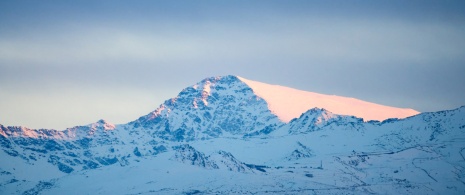
Spain's largest national park
Covering 85,883 km2, the Sierra Nevada National Park in Andalusia is the largest in the peninsula. But it deserves to be on this list for more than just its size. This mountainous massif, which stretches from the southeast of Granada to the western end of Almeria, is home to the highest peak in the Iberian peninsula, and the second highest in Western Europe, Mulhacén, at 3,482 m.After the end of the last ice age, the Sierra Nevada's location enabled it to become a refuge for a large number of endemic and otherwise-unsuitable Nordic species from the area. More than 2,000 plant species have been recorded, 66 of which are endemic, including the royal chamomile and the Sierra Nevada poppy. The undisputed queen of its fauna is the ibex, which is common in the high peaks.The Sierra Nevada National Park is an ideal place to visit at any time of year, both for hiking and for rural tourism in the remote villages of the Alpujarra. And if you are a lover of snow, you can test yourself in winter at its famous ski resort. These are some of our most famous national parks. But there are 13 more for you to discover, such as Doñana National Park and the Atlantic Islands of Galicia, all of which make a trip to Spain well worthwhile.

